It was dusk and warm when my daughter and her friends walked out of their dance class and into the early evening’s last light. I watched as the group of them, tired from several hours of dance, walked casually down the concrete sidewalk in a quiet neighborhood. Just as they were approaching our car, they hovered together with big smiles, suspended like hummingbirds near nectar, before flitting away to their respective places. I wanted to ask her about it, but she beat me to it. As she got into the car, she offered, “Mom! Did you smell that wonderful tree right there?”
I figured it out. They were intoxicated by a redolent crab apple tree, blossoming just along the sidewalk near the dance studio. And as they transitioned from dance class to life, they collectively took a moment to appreciate the beautiful smell of nature. Watching this brief scene unfold was as close to magic for me as I could imagine. And, it was familiar.
It’s about the aromatherapeutic properties for me. I select plants to grow partly for their smell, to both boost my spirits and to recall warm memories.
We collect experiences through our senses and hold them tightly in our bodies. Even a tiny bump from a favored aroma can remind us of who we are and where we come from.
I anchor the garden beds with lemon balm and lavender so that by early spring I catch their smell right away. Lilac boughs hang heavy with pale purple blossoms; their heady sweetness hovers in the warm evening air. In mid-summer I welcome night-blossoming jasmine, stargazer lilies, and assorted basil. By late summer, I drag handfuls of rosemary, oregano and dill to waft beneath my nose. Small sprigs nestled between flowers in a bouquet give aromatic depth to the entire arrangement.
Recently, as I tended a rampant patch of quack grass taking over a chive patch, I noted how even unintentional gardening moments, like wrestling stubborn weeds from an aromatic section of the kitchen garden, yield opportunities to smell plants growing nearby. Jostling the base of chives to remove quack grass offered its own reward: smelling spicy chives, blossoms and all. It’s an acquired smell, I know, but one I find so compelling in the kitchen garden.
Apparently, I am not the only creature who loves smelling springtime. If you’ve ever harvested lilacs, you likely noticed that mayflies covet lilacs. Step near a large bough of lilac blossoms where the air is heavy with perfume, and you’re sure to nudge a swarm of fluttering mayflies congregating just inches from the bush. Who can blame them for wanting to soak up the euphoric existence of lilacs?
A quick search reveals intriguing facts about mayflies (sometimes called fishflies): they are drawn to the liminal light of dawn or dusk, but have a very short life span. Knowing their lives are fleeting from the moment they emerge, it’s significant that they spend it almost exclusively in community with each other. We may find their presence annoying in late stretches of spring, but I think these ancestral insects are on to something: what better way to purpose a brief life then to be with each other on the most gorgeous of spring blossoms, like the lilac?
Blossoms and bugs have an interdependent way of navigating life, even if both are temporary. Daffodils and hyacinth make a short appearance before scraping back to their bulbs and disappearing for the year. Virginia bluebells follow the same path: they vanish underground when temperatures rise. In fact, they revert so efficiently that you might not be able to find their roots beneath the soil if you looked for them. Best to behold them during their brief spring appearance.
Bluebells may not offer much of a scent, but that color.
If I could, I would bottle this bluebell color and use it lavishly throughout my life. I’d have dresses, throw pillows, curtains, wallpaper, stationary, and dinnerware designed in its likeness. Its subtle shape-shifting hue — not quite blue and not quite purple and not quite pink — would never fade; rather, it would simmer all summer long, brushing against crocus flowers in the spring and nuzzling with aster plants in the fall.
And if I wore my bluebell dress out for the evening, I might also apply a hint of lily of the valley flowers, disguised as perfume, on each wrist before stepping outside.
But since I have no means to capture this spring beauty’s color outside of my garden, I’ll settle for planting them in an emerging woodland garden that runs along the west side of our yard. Every spring, before the canopy of green hostas unfold their leaves in a long stretch, I’ll stare longingly at these bluebells, wishing I could hold their color all season long.
Thanks for reading this month’s newsletter. I will see you back next month for a new essay.
-Betsy
Know someone who would love reading gardening essays? Please share the Roots & Vines newsletter with them!

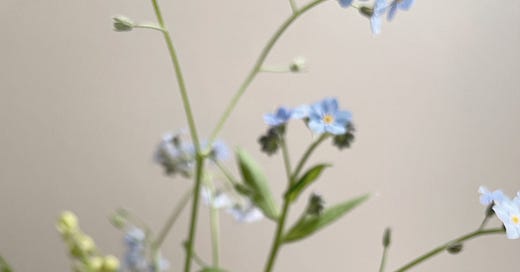



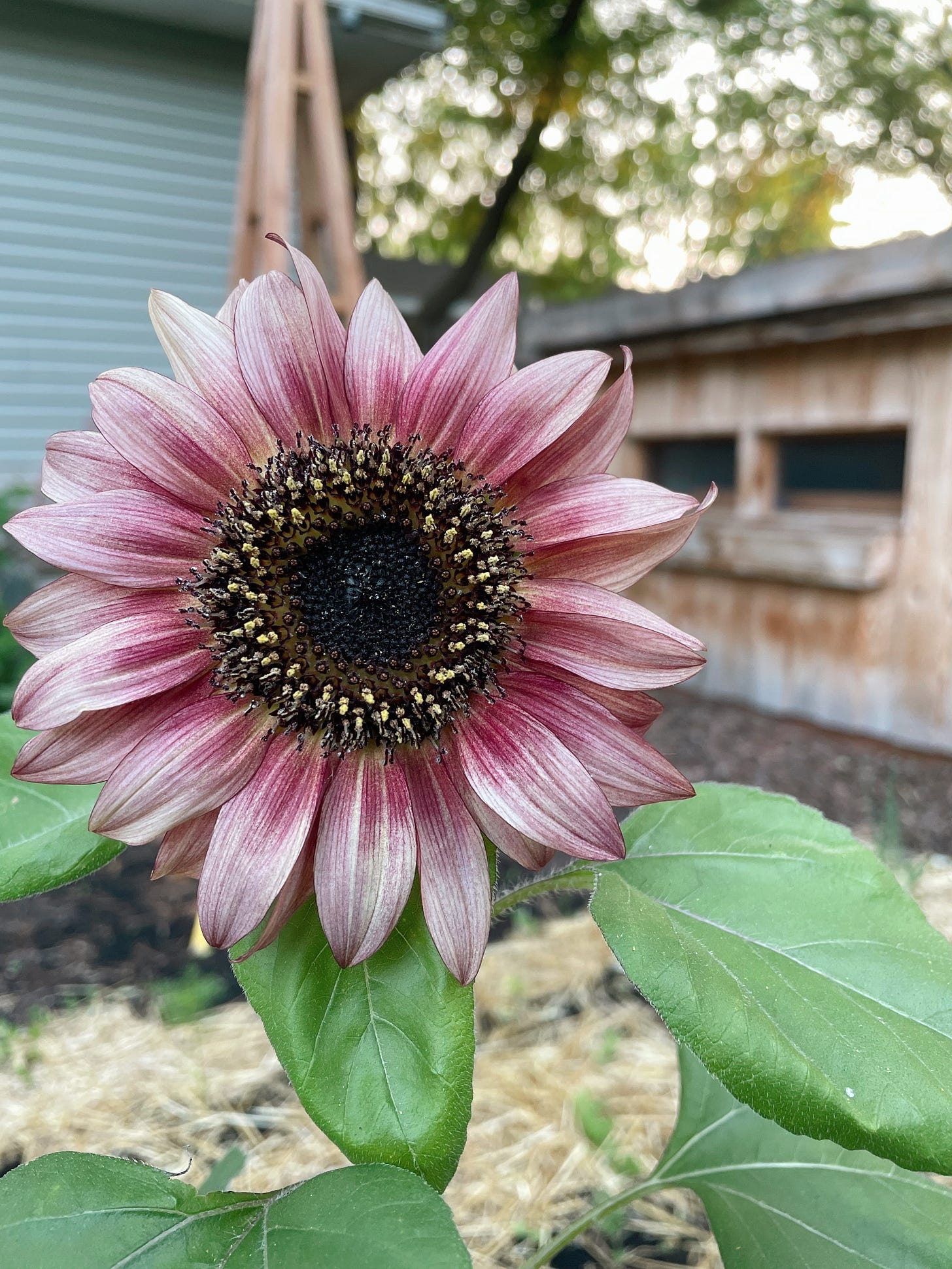
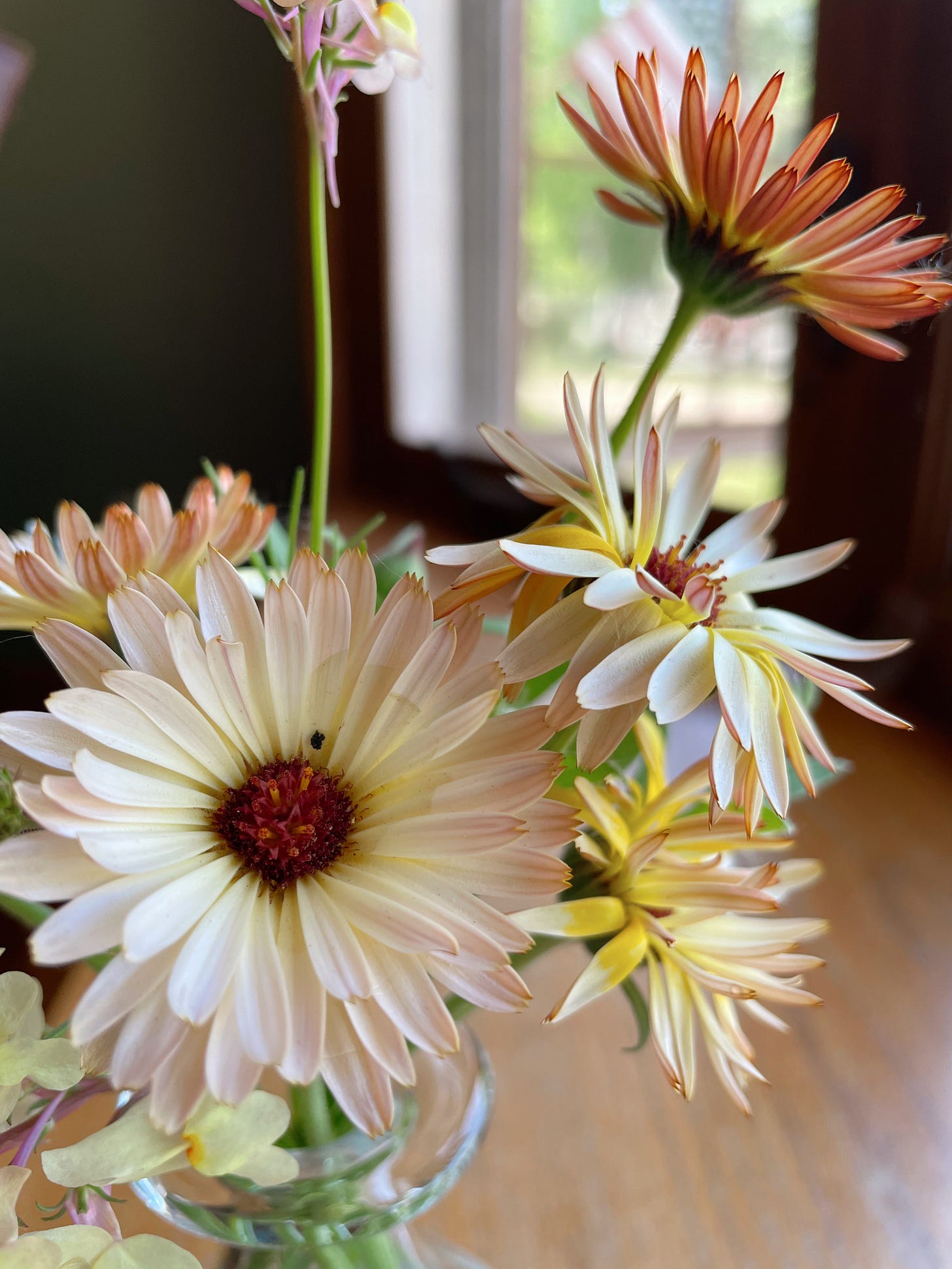
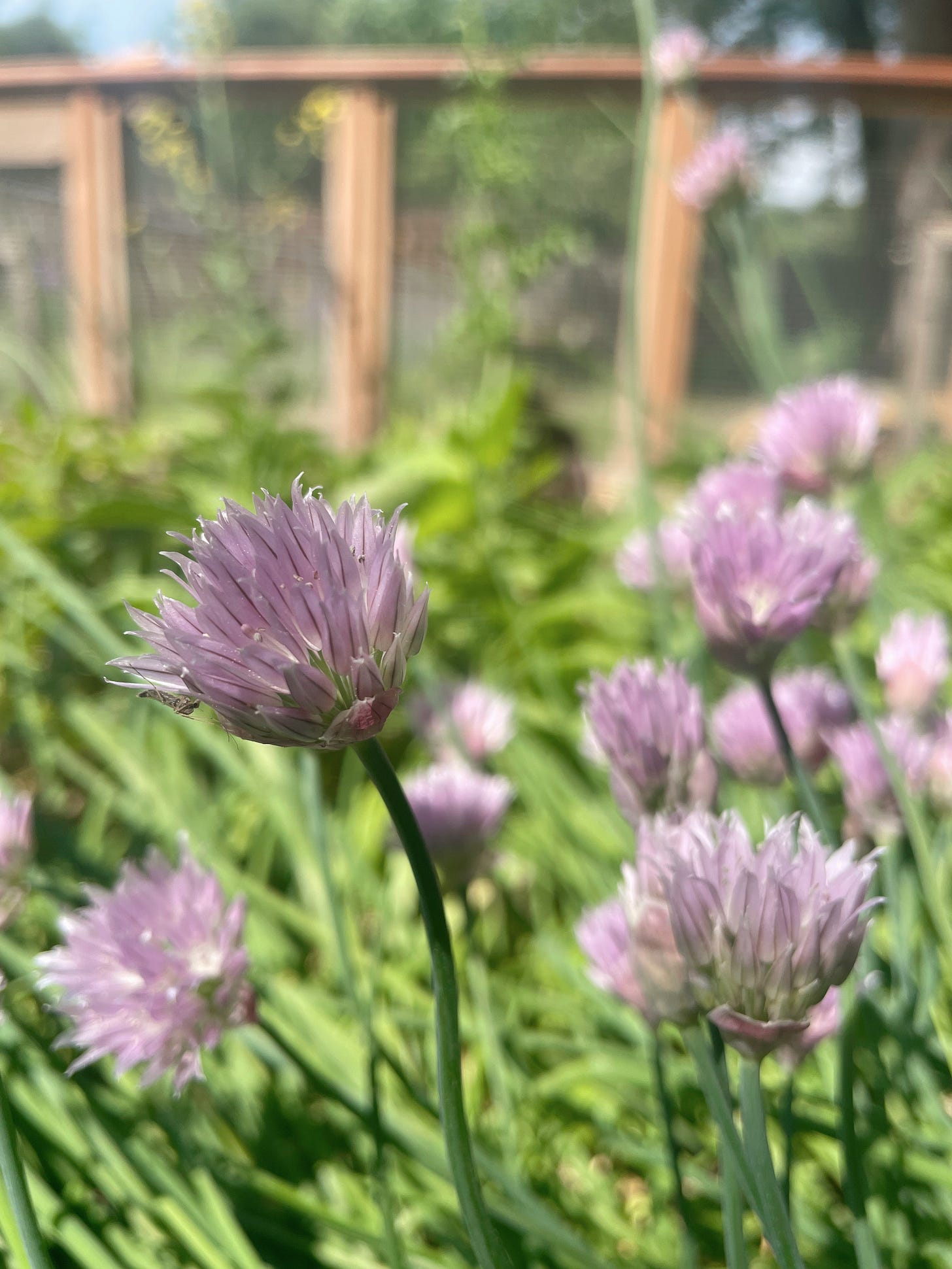
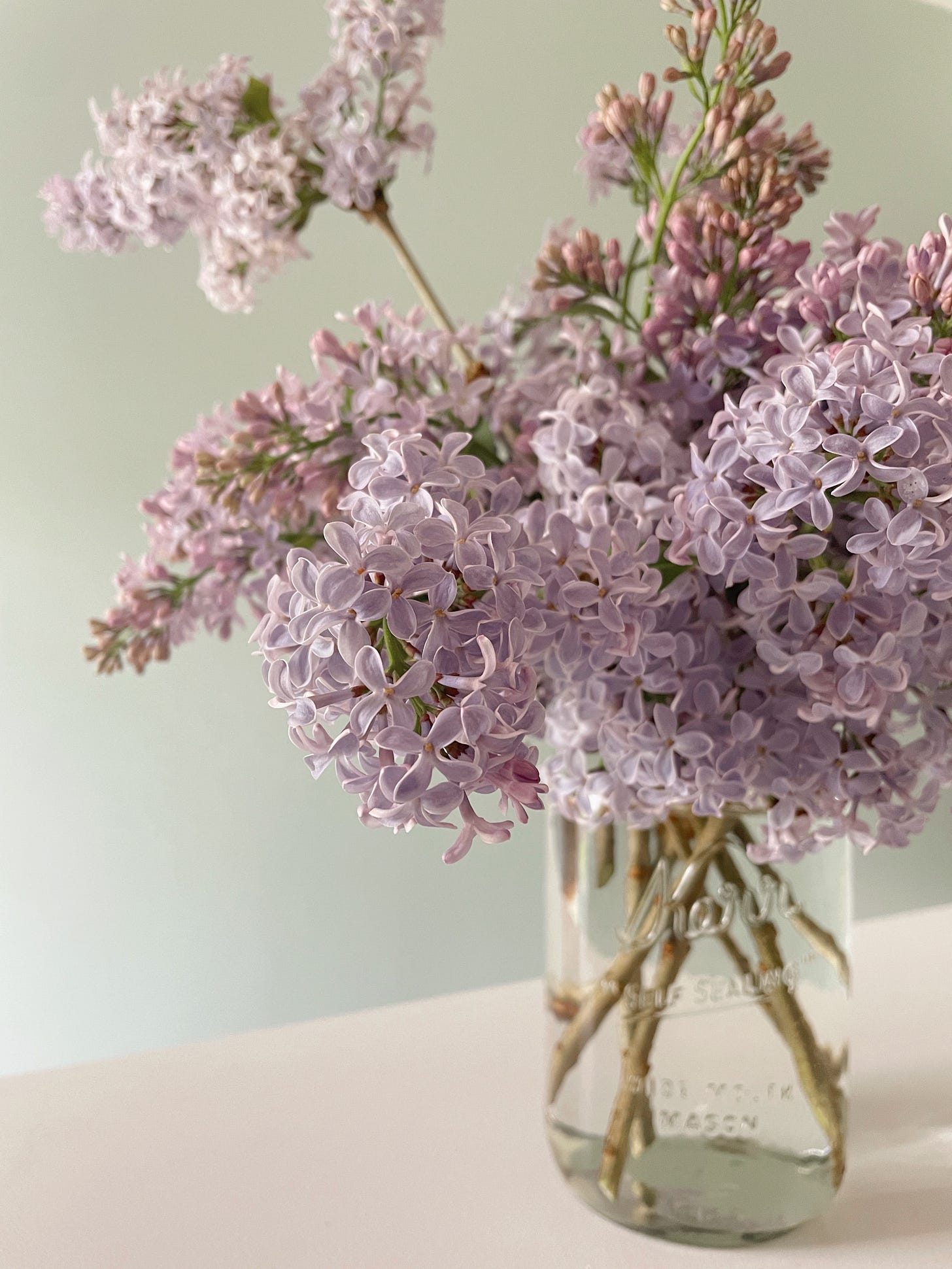


Lovely, thank you!